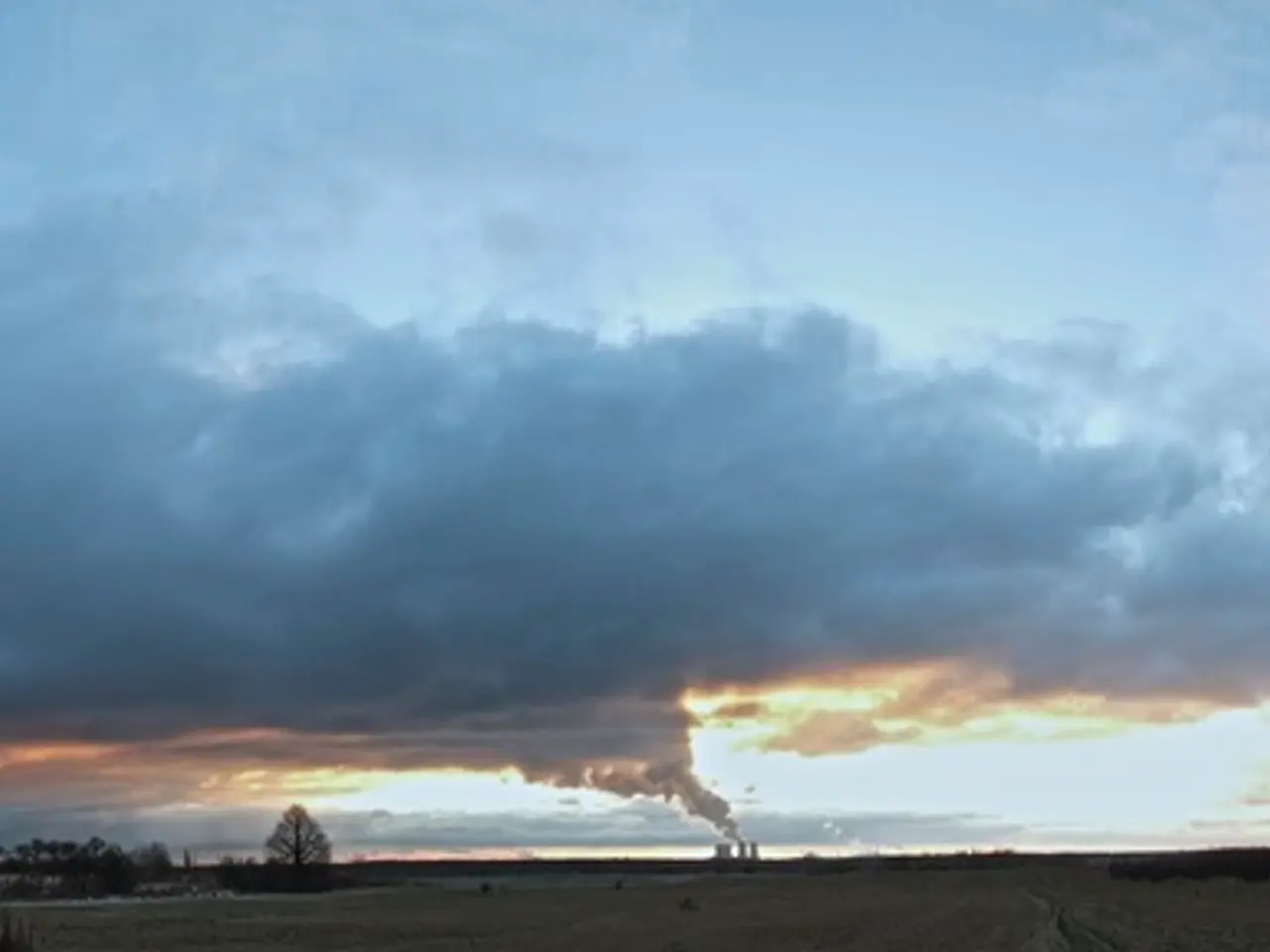Falling global oil prices due to Trump's tariffs present fresh difficulties for fossil fuel corporations worldwide.
In the world of oil production, a recent slump in global prices has created a challenging environment for U.S. oil producers. Despite reaching record levels of crude oil production, with May 2025 seeing a daily output of 13.3 million barrels, primarily driven by the Permian Basin, this surge in production has not been enough to offset the drop in prices that have approached or fallen below many producers’ breakeven costs [1][3].
The current oil prices, hovering in the mid-$60s per barrel, are described as dangerously close to unprofitable levels for producers [3]. This price range is limiting returns on new drilling and reducing incentives to increase supply. Even major players like Exxon and Chevron have reported significant profit declines, with Exxon posting a quarterly profit of $7.1 billion and Chevron recording $2.5 billion – both figures down roughly $2 billion from previous results [4].
Some operators, such as Diamondback Energy, are adopting a cautious approach, maintaining flat production outlooks for 2025 due to uncertain price and profitability outlooks [5]. Despite this profitability pressure, U.S. crude output is expected to stay high through 2025 and beyond due to export opportunities, although short-term production growth might moderate due to price challenges [2].
Amidst this market turbulence, advice from experts like Citi's global head of commodities research, Max Layton, is to steer clear of investing in oil [4]. The 'Fed put', a term used to describe the Federal Reserve's actions to support the economy and financial markets during times of stress, may not be enough to support oil prices [6]. Similarly, the concept of a 'Trump put' – potential policy actions by President Trump to support the economy and oil prices – remains to be seen [7].
The global oil market is also feeling the effects of other factors. For instance, tariffs are causing cost increases in materials and equipment needed for drilling, and causing economic jitters that depress demand [8]. With global equity markets falling, there are growing expectations of a recession in Asia, which could apply additional downward pressure on oil prices [9].
In the face of these challenges, the fossil fuel industry is showing signs of change. Oil companies are doubling down on new fossil fuel extraction while scaling back investment in renewables [10]. Rystad reports a 5% rise in breakeven costs for new oil and gas production over the past year [11]. OPEC's decision to triple output has caused a further 6% drop in global oil prices [12].
As the industry grapples with these changes, major oil companies like Shell, BP, Total, and Saudi Aramco have underperformed their respective regional benchmark indices so far this year [13]. The slump in oil prices, while providing an opportunity for long-term investors to reassess their exposure to the fossil fuel sector, has created a challenging market environment for the industry as a whole.
Investing in the oil-and-gas industry, particularly in the US, has become less profitable due to the current oil prices hovering in the mid-$60s per barrel, which are dangerously close to unprofitable levels for many producers. Despite reaching record levels of crude oil production and maintaining high output through 2025 and beyond due to export opportunities, the recent slump in global prices and increased breakeven costs for new oil and gas production are posing significant challenges for the industry, as evidenced by the significant profit declines reported by major players like Exxon and Chevron.




